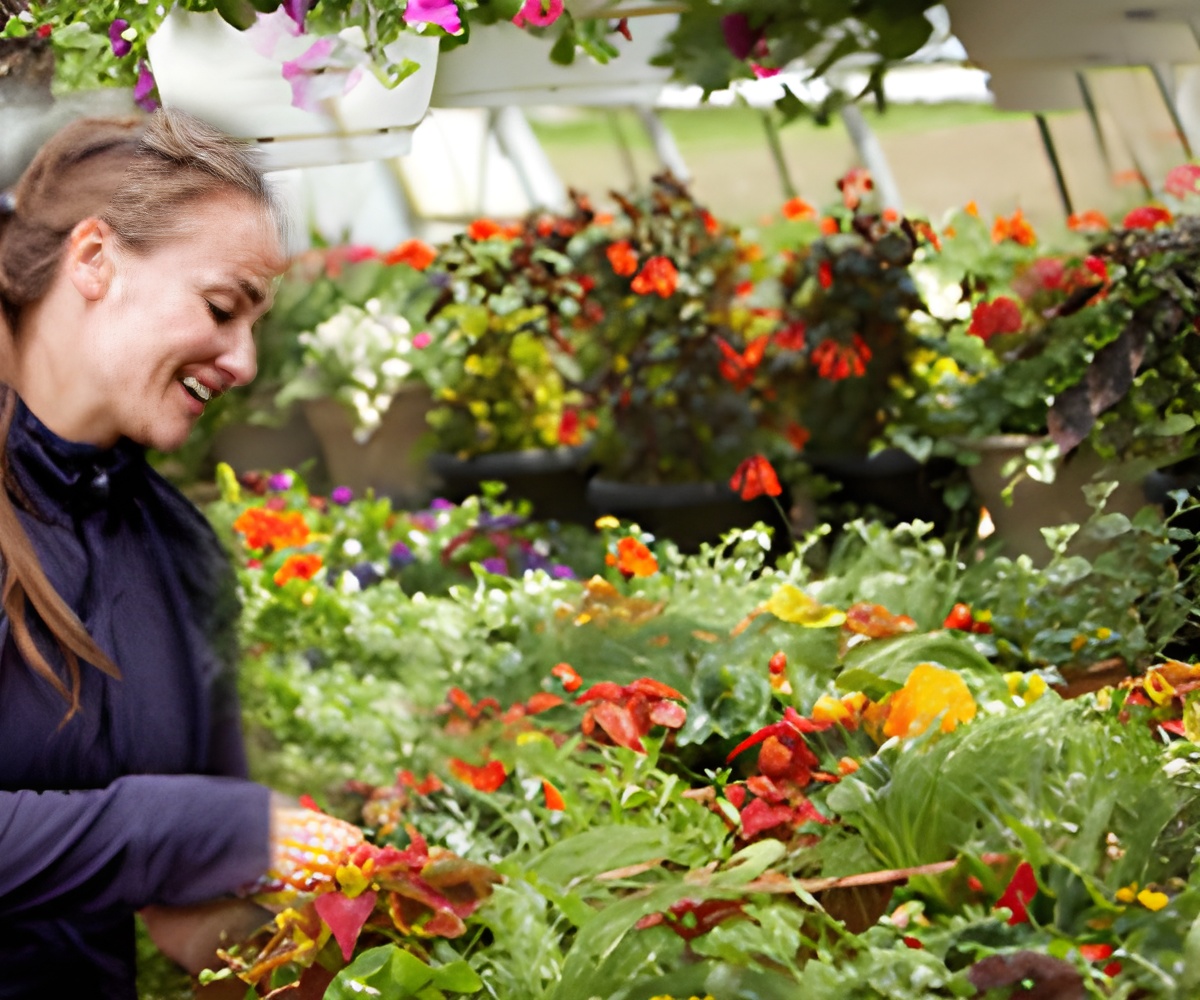Parks, shopping mall rooftops and even a former airfield in community gardens is now a home to tomatoes, veggies and other herbs

In the shadows of its grand terminals, between cracked runways and disused towers, the green-fingered now lovingly tend to organic rucola, chilli peppers and bean sprouts grown in elevated wooden crates.
In summer, cucumbers, celery and basil grow in the shade of sunflowers in these vast urban community gardens. A beehive set among the plots recently produced the first batch of honey stamped "Tempelhof Airport".
During the day, the hobby farmers work with wheelbarrows, shovels and garden hoses. At sunset, their mud-caked hands grasp cool cans of beer to celebrate the collective spirit of their grassroots movement.
One area, "Allmende-Kontor", takes its name from a medieval form of community gardening, while its neighbour "Ruebezahl Garten" is named after a folklore mountain spirit known from legends and fairy-tales.
But the movement has spread far across the once-divided German city. In the district of Wedding, a group is now planning to grow carrots and strawberries on the roof of a supermarket, the latest of the Berlin rooftop gardens.
Advertisement
"People come from all walks of life, from Turkish immigrant to students to retirees," added Gerda Muennich, one of the leaders of "Allmende-Kontor", which has about 300 tenants and a waiting list of another 200.
Advertisement
While rough plywood boxes are standard, other gardeners opt to rear their fruits and vegetables in more unusual settings, including cooking pots, old shoes, a hiking backpack and on an old office chair.
At the garden in Tempelhof, a 'town square' has sprung up where a bicycle repairman has set up shop in a battered old caravan and gardeners enjoy their home-grown fare with barbecued sausages.
"The kitchen garden is not just a place for self-subsistence but also to learn about communication with urban planning services and the neighbourhood," said sociologist Christa Mueller, who has edited a book on urban gardening.
Community gardens grew up in big cities, in part, as an anti-poverty tool in blighted neighbourhoods and have swept the globe as the world's population grows more urban.
While the enthusiasm for them is not specific to Berlin, it has mushroomed here since the 1989 fall of the Berlin Wall blessed the city with scores of derelict spaces and vacant lots.
"London and Paris are saturated. Here, there is still room to plant vegetables," says Schaffitzel.
For many, creating a community garden is also a mission in social responsibility.
"We do politics in the lettuce patch," laughed Muennich who, having spent her career in front of computer screens, has opted instead for planting pumpkins and cabbages.
"It feels a bit like a little town. It's about participation and collective decision making. This small piece of land that I cultivate is a small piece of the city that belongs to me."
Mueller, the sociologist, said the guerrilla gardens are a counterbalance to fast-paced modern society where people "claim public space for the common good".
At the same time, they show that they want to eat and consume differently and nurture not just veggies but also social, cultural and biological diversity.
The urban gardeners, said Schaffitzel, "are delighted to produce something for themselves rather than to fill their shopping trolley at the supermarket".
Source-AFP








